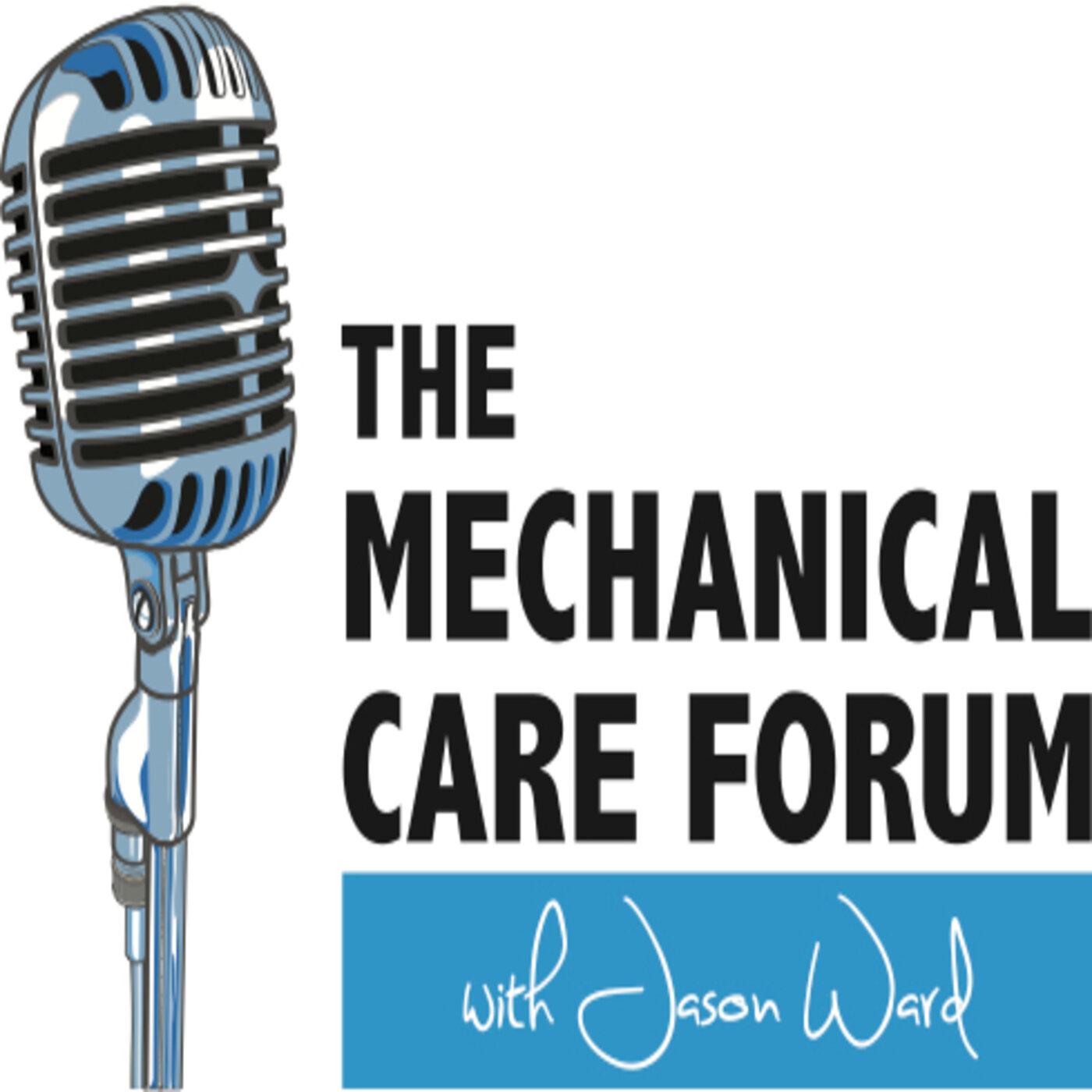Michael Adams BSc, PhD
Mike Adams obtained a BSc in Natural Philosophy from Edinburgh University in 1975, followed by a PhD in Spinal Mechanics from the University of Westminster in 1980. Currently he is Professor of Biomechanics, and a Senior Research Fellow of the Institute of Advanced Studies, at the University of Bristol, U.K. He is also Visiting Professor at the Sir Run Run Shaw Hospital, Zheijang University, Hangzhou, PR China. Mike’s research has been in the broad areas of spine biomechanics, and musculoskeletal ‘mechanobiology’. Particular interests include: human posture, mechanisms of spinal injury, and the nature of intervertebral disc degeneration. With his wife and colleague Trish Dolan he has also developed an interest in human performance, including quantifying forces acting on the human spine. He has published approximately 130 peer-reviewed scientific papers and 25 book chapters, and is lead author of the book “Biomechanics of Back Pain” (Elsevier 2013) which is now into its 3rd edition. His research has received 6 international and 6 national awards. Hobbies outside work include running, yoga, tai-chi, wine and gardening.
Show Notes
Personal Background
Professor Adams has always had interest in sports and maintains an active life. He believes loading the spine is important and makes one less vulnerable to injury.
Professional Background
Dr. Adams’ career had an unusual start due to an interest in yoga when was working in a completely unrelated career or field. That interest in how the spine worked led him toward the work he’s done through his career. He has worked with his wife, Trish Dolan, a muscle physiologist, and looked into areas of combined interests. He also has worked and discussed his work and topics of interest with many other leaders including physicians, physiotherapy and has interacted with others including Robin McKenzie.
Common Misconceptions of Spinal Structure and Biomechanics
Professor Adams speaks on some misunderstandings of loading and how that it really includes a broader inclusion of physical forces placed on the spine. He also compares and contrasts the cervical versus the lumbar spine characteristics.
He also contrasts what he knows about the disc and other spinal structures from his research and how that differs from a typical anatomy illustration poster we commonly use in our clinic or see in a doctor’s office.
Effects of Dynamic versus Static Loading
Stimulation of cell proliferation, joint nutrition and metabolite transport are some of the processes that are affected differently by static versus dynamic loading. He also elaborates on the effects of loading healthy segments as compared to loading those with pathology.
We hope to deliver this content to the committed professional who wants to improve his/her care and we hope to do it in a way that is easily accessible, the world over, in today's technological age.
To contribute:
Give a 5-star review on iTunes;
Share EP #90 with a friend; and/or
Connect with us on the Spotify MCF Podcast and MCF Instagram page!
Thanks for your support!

